Oh, how sweet it is. Raw cane sugar alone is very sweet. Take that sugar and add it to your favorite cup of tea. Game changer! It will change the taste and mouthfeel of your tea. While raw cane sugar for tea does not abruptly change the taste, it compliments the tea. Unrefined sugar is one of the best sugars to use for tea. Did you know that raw cane sugar has health benefits? This article will teach you everything you need to know for the perfect cup of tea. The cup of tea you are going to enjoy!
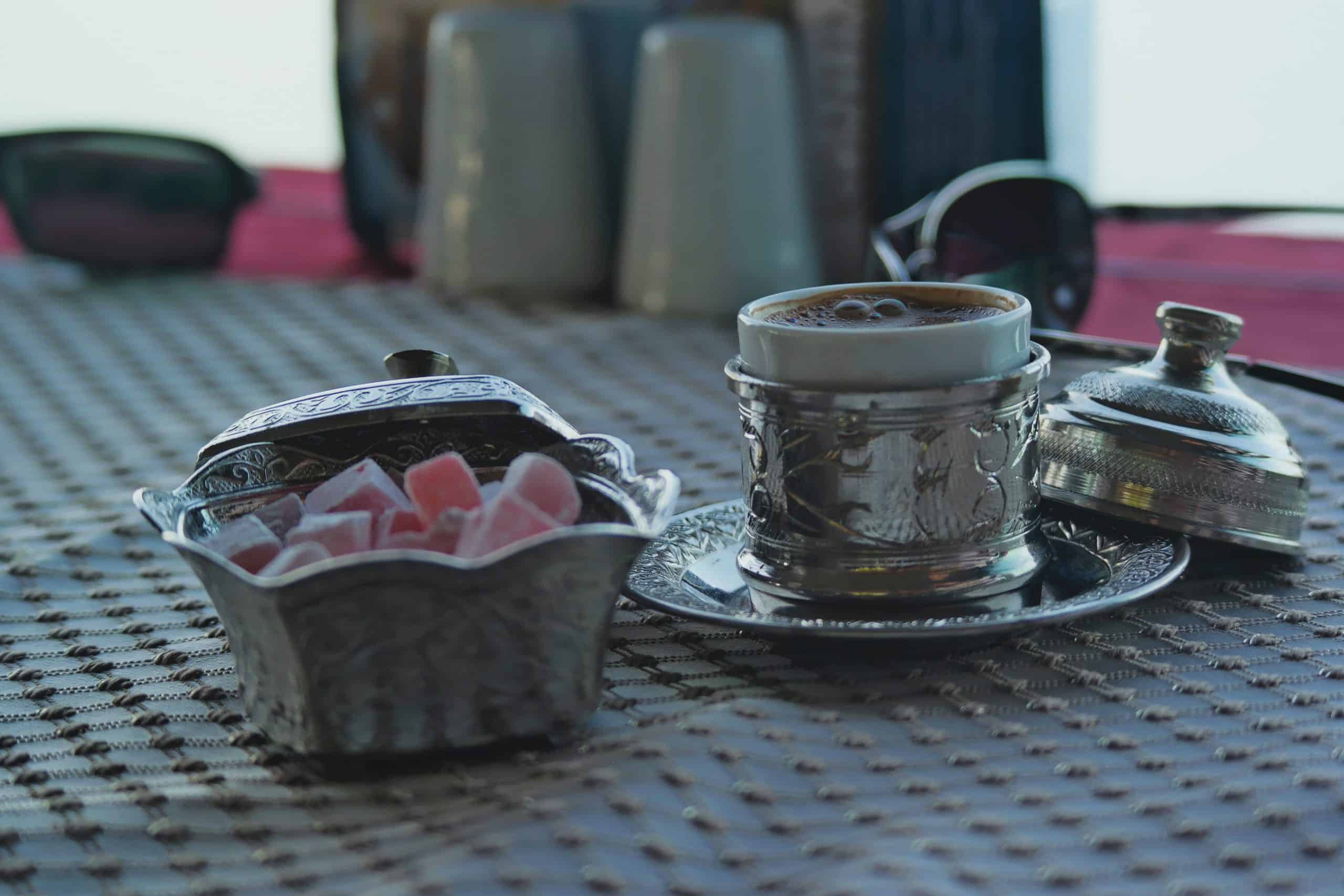
What is rock sugar?
No matter what we call it: German, Belgium, Chinese, or Misri (Hindi for rock sugar) it’s all the same thing. Some are yellow, white, or amber. All are raw cane sugar that has crystallized to form crystals that vary in size from small to as large as an inch wide.
Rock sugar is not common granulated sugar. Rock sugar is made from beet sugar or sugar cane It’s raw and yes, naturally shaped like rocks or crystals. I find rock sugar pretty as it can almost sparkle as the crystal formations melt into my tea.
While its main use would be for tea, raw cane sugar has other uses. Unrefined sugar is also used in soups and candy. This is because it is less sweet than regular white sugar. The taste is mild or bland making it a perfect accompaniment to tea. You taste the tea, not the sweetener.
Rock Sugar History
Making rock sugar started with the Tang Dynasty and was called sugar frost or sugar ice. This followed all the way through to the Song Dynasty. There is a book by historian Wah Zhuo that talks about the history of Sugar. In his book, it describes a monk who took the juice of sugar cane and cooked it down. The cooked-down sugar cane then flowed through a bamboo pipe into an urn. The crystals were then formed there as time passed.
The oldest producer of rock sugar is in Singapore. A factory was known as Cheng Yew Heng Candy Factory.
Most of the process is still done by hand. This video gives you an inside look at the Cheng Yew Heng Factory.
Is rock sugar good for you?
Rock sugar is unrefined raw sugar, but still sugar. There are health benefits to sugar when used in moderation. Rock sugar for tea is unrefined compared to its counterpart table sugar. This makes it the top choice amongst tea drinkers.
Soothe sore throat/cough – Drinking a cup of tea sweetened with raw cane sugar can soothe a sore throat or calm a cough. Simply enjoy your cup of tea and allow the sugar to coat the throat and soothe the irritation.
- Digestion – Raw cane sugar can stimulate your digestion. In some countries, it is customary to offer guests some rock candy. The candy is to be held in the mouth to suck on to help increase digestion after a heavy meal.
- Mid-Day Energy – If you need that little pick-up during the day add a few rock crystals to your tea. This will give you the pick-up you will need.
- Culinary Use – of course, the culinary benefits of rock sugar, the long shelf life, and unique taste. Rock sugar goes well with sweets and desserts as it’s not overpowering in flavor
- Pantry Life – Sugar has a long pantry life. Sugar does not really go bad unless exposed to the element water. Keep your sugar in a secure container and enjoy its long shelf life. Rock sugar also is resilient against humidity.
ROCK SUGAR FOR TEA is a natural sweetener that dissolves quickly in tea or coffee and adds the perfect touch of sweetness without overpowering or changing the flavor profile
SOURCED FROM BEETS, our sugar has a naturally occurring amber hue and is Kosher Certified, fat-free, gluten-free, non-GMO and vegan
How do you use raw cane sugar?
Raw cane sugar is the preferred choice of sweetener for tea drinkers. It is less sweet than white granulated sugar. The taste is more passive and does not tarnish or ruin the taste of the tea being brewed. Rock sugar sweetens without overpowering.
Raw cane sugar for tea dissolves slowly. This way you do not get an overpowering sweetness. The sugar dissolves slowly. Allowing you to enjoy your tea sweetened evenly with each sip.
What is East Frisian Tea
East Frisian Tea is more of a ceremony than the tea itself. This is a German ceremony. The ceremony uses German rock sugar. The tea is served in the manner of rock sugar in the bottom of the cup, topped with tea, then some will add a little cream. Don’t stir!
You don’t stir this first cup of tea but start by siping the cream. That cream meets with the tea and at the bottom is the sweetness of the slowly dissolving German rock sugar. After the first cup is gone, fill it up again and now you are free to stir your tea and enjoy.
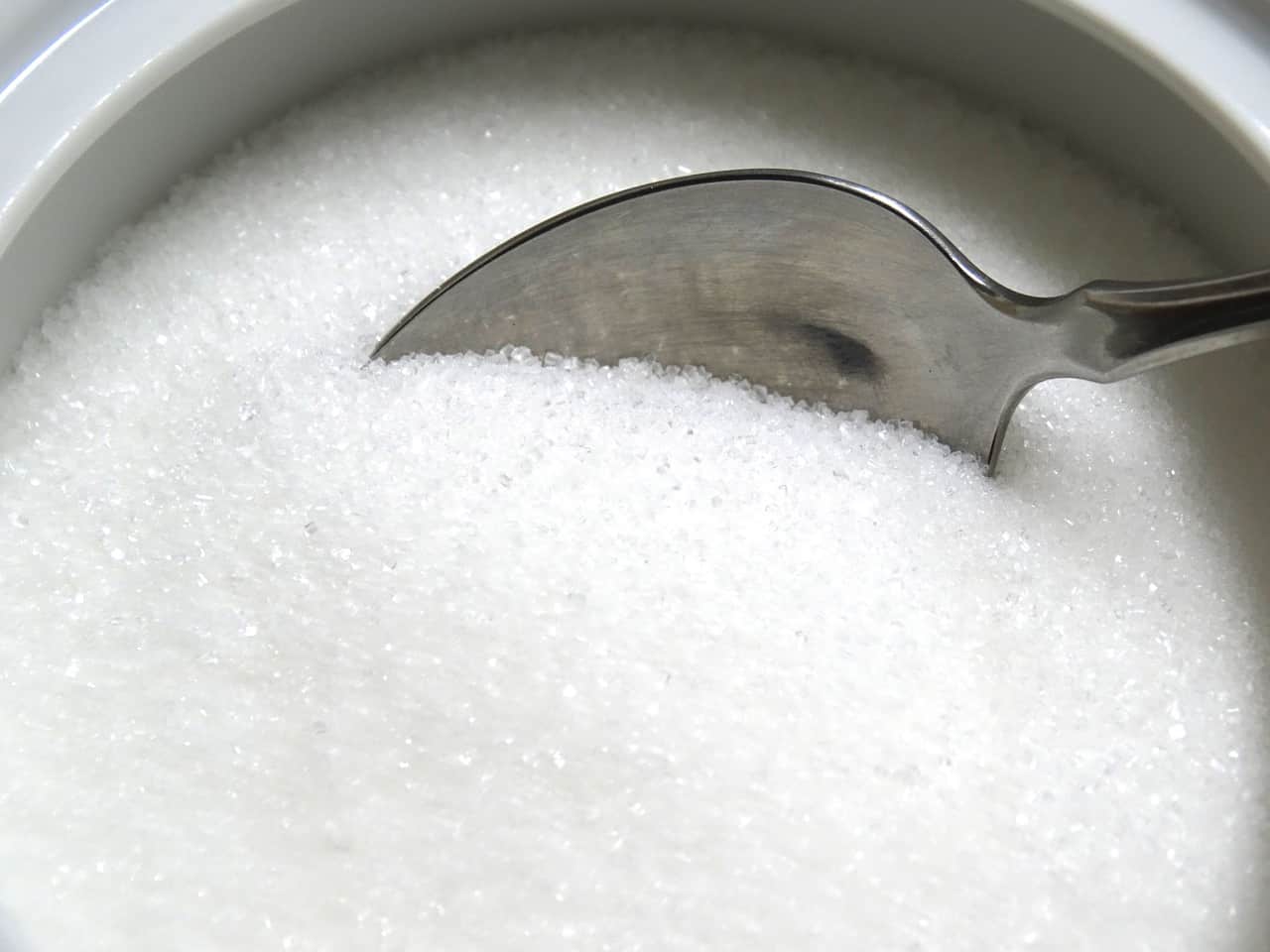
How is Rock Sugar Made?
The process is called crystallization and supersaturation. The sugar and water are combined. Then water is slowly evaporated into a gas. What is left behind are the sugar crystals. It’s cheaper to make beet sugar than cane sugar. Beet sugar involves only a one-step process whereas cane sugar involves a two-step process
Now here is an interesting bucket list place to visit. The Chen Yew Heng Candy Factory in Singapore uses the process described above today. Visiting a factory that uses ancient ways to create a modern product. That produce helps to create a sweeter tea both hot and iced.
Create a ginger spice rock sugar for tea
Ingredients
- Ginger, 3-5 slices with the skin peeled
- Rock sugar to taste
Directions:
- Peel and slice ginger
- Heat a pot with medium heat for a few minutes
- Stir in the ginger, constantly moving and flipping the pieces.
- Dry out the ginger but do not burn it.
- Once the ginger is dry pour in 1.5 cups of water
- Bring to a boil then simmer for 15 minutes
- Add rock sugar
- Adjust to your own desire
Once the sugar has melted
Pour into a cup
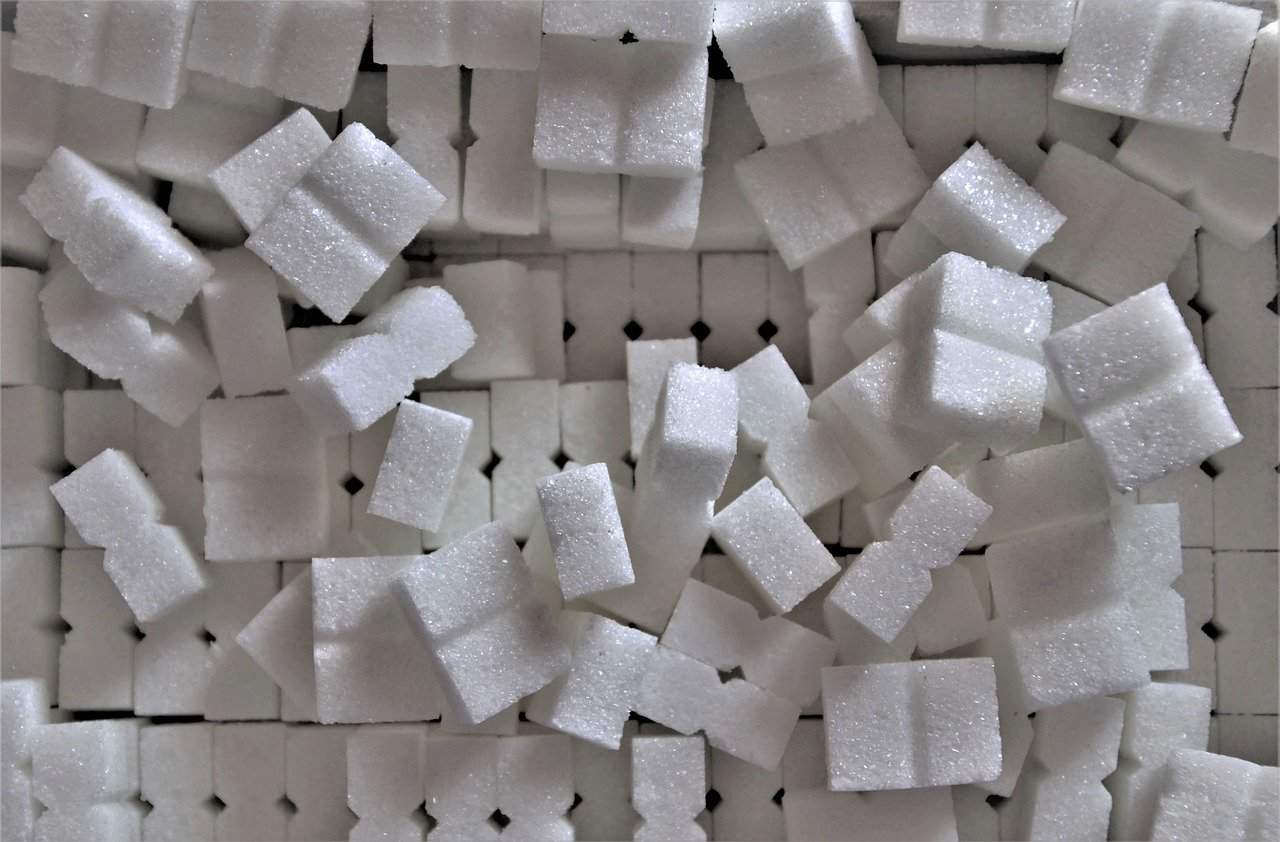
Alternatives
There are always times when Raw cane sugar may not be handy and there are a couple of alternatives to use in its place. While nothing will have the same subtle effect on tea as rock sugar, there are a couple of other choices.
Honey – is one of my favorite and healthy sweetener versions. A teaspoon of honey will do the job. Honey will add a unique flavor to your tea. There is also flavored honey that you can experiment with.
No hydrogenated fats or high fructose corn syrup is allowed in any food
No bleached or bromated flour
No synthetic nitrates or nitrites
Monk Fruit- known as Luo Han Guo is a plant that grows in remote areas of China. Monk fruit is a round gourd-like fruit. Much sweeter than sugar but does not raise the glycemic levels
Matches the Sweetness of Sugar: A healthy cup-for-cup alternative to ordinary sugar. Monk fruit contains zero calories and is about 250 times sweeter than sugar.
There are other sugar substitutes but my favorite is Lakanto. I’ve used this product personally for a few years and it’s so close to real sugar. It uses monk fruit and has several sugar alternatives.
Conclusion
I love the ancient history of rock sugar and I also like the fact that I can create my own rock sugar for tea.
My own history was when I was younger, my grandmother and I would sit at her plastic-covered table and enjoy a cup of tea. It was our time to talk before we got back to our crocheting.
One of my favorite things to put into my tea was the tiny cubes of rock sugar. That tea was amazing. I’m sure it was not so much the tea but the memories that came along with each cup.

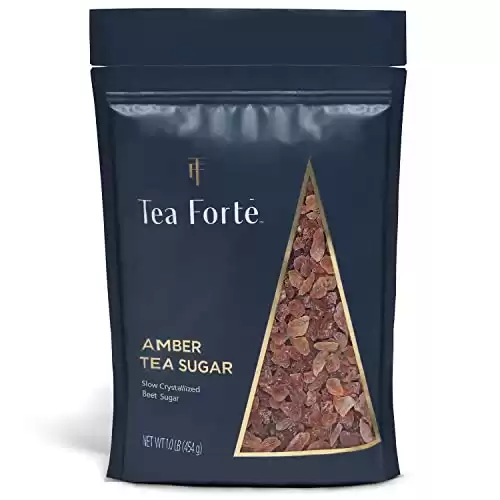
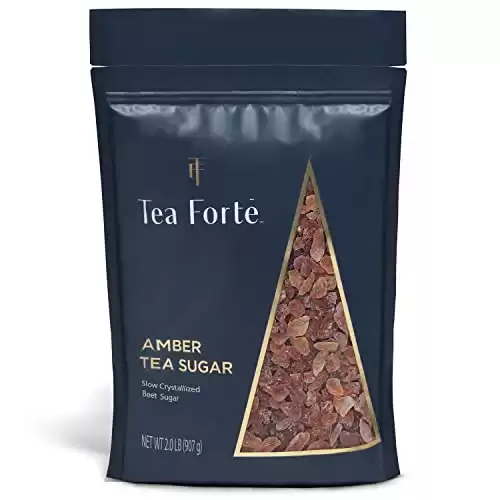
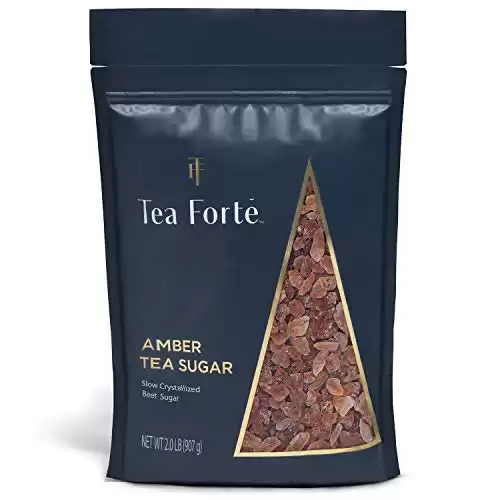

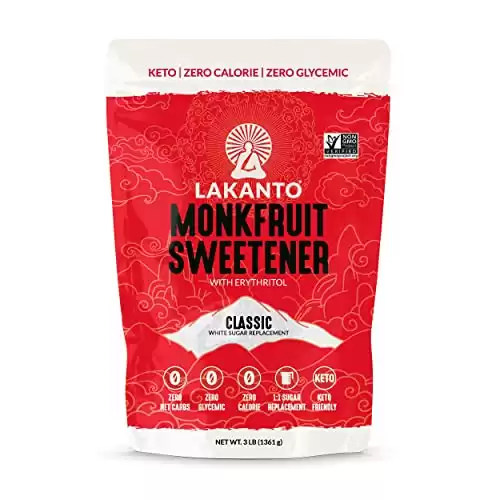
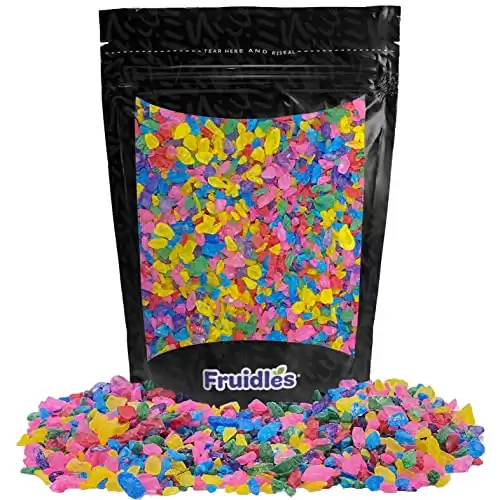

3 thoughts on “Rock Sugar For Tea: Everything You Need To Know For A Perfect Cup Of Tea”
Pingback: How To Make The Best Bubble Tea Using Tapioca Pearls - My Tea Vault
Pingback: Sugar Rocks for Tea: Enhancing Flavor and Aesthetics | The Cozy Teacup
Are you adding to the article? I’m not sure what you are commenting. Could you add some commentary, I’d love to hear from you